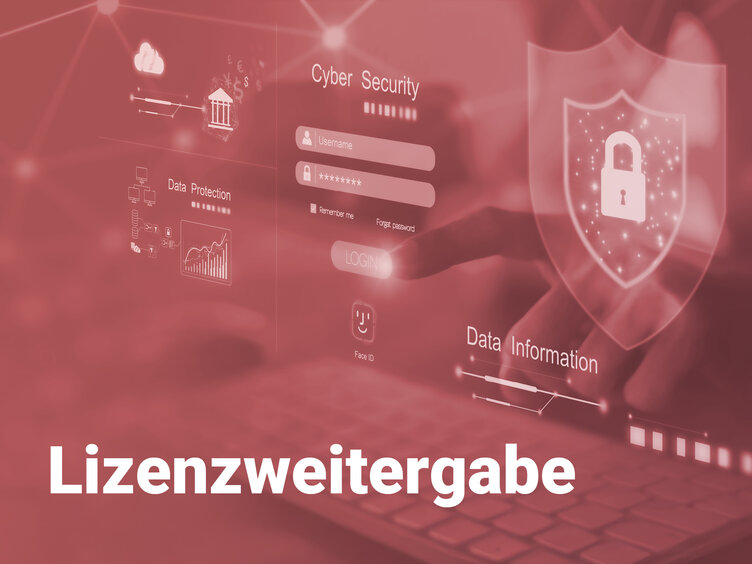Licensetransfer in software protection
License transfer refers to the legally regulated transfer of software usage rights to third parties - for example through sublicenses, resale or cloud-based access. It includes contractual agreements, technical control mechanisms and compliance checks to protect copyrights and prevent illegal use.
Importance in the context of software protection
- Protection of intellectual property: Prevents uncontrolled distribution of software code or algorithms.
- Compliance assurance: Minimizes risks from license violations (e.g. overuse or piracy).
- Monetization: Enables scalable revenue models such as SaaS subscriptions or reseller partnerships.
Important elements of license transfer
Contractual framework conditions
- Sublicense clauses: Define whether and how third parties may use licenses.
- Territorial restrictions: Limit the transfer to certain regions.
- Audit rights: Enable licensors to check compliance.
Technical implementation
- Hardware dongles: Physical keys for device-bound licenses.
- Floating licenses: Network-based access control for teams.
- API integration: Automated license distribution in cloud environments.
Influencing factors
Factor | Impact |
License type | Proprietary licenses require stricter controls than open source models |
Legislation | EU law allows resale, US law often more restrictive |
Technology trends | Cloud migration forces dynamic license models (e.g. pay-per-use) |
Advantages for companies and users
- Cost optimization: resale of unused licenses saves up to 30%.
- Flexibility: Scalable use in global teams or hybrid IT infrastructures.
- Partnerships: Reseller programs strengthen sales networks.
Practical example 2025: SaaS sub-licenses for ERP software
A German industrial company uses concurrent use licensing to grant 500 subcontractors access to its AI-supported ERP platform. Concurrent use is limited to 50 users via an API-controlled license server. The sublicenses include:
- Geolocation restrictions (EU only)
- Real-time usage documentation
- Automatic deactivation at the end of the contract
Conclusion
By 2025, 75% of companies will integrate license transfer solutions into cloud infrastructures. The relevance for software protection systems lies in:
1. Compliance 4.0: AI-based audits detect violations in real time.
2. Globalization: adaptation to heterogeneous jurisdictions (e.g. EU vs. Asia)
3. Sustainability: circular economy through license buy-back programs.
Author:
Steffen Kätsch
Senior Support Engineer / Consultant License Management
Education: FH Jena
Expertise: License Management Software Licensing Software Protection IT Compliance Digital Rights Management
